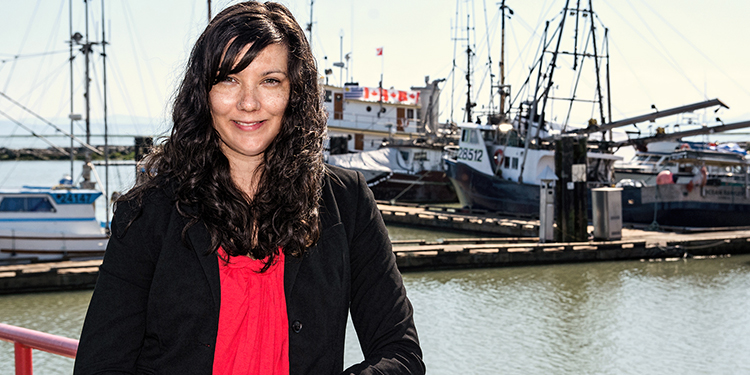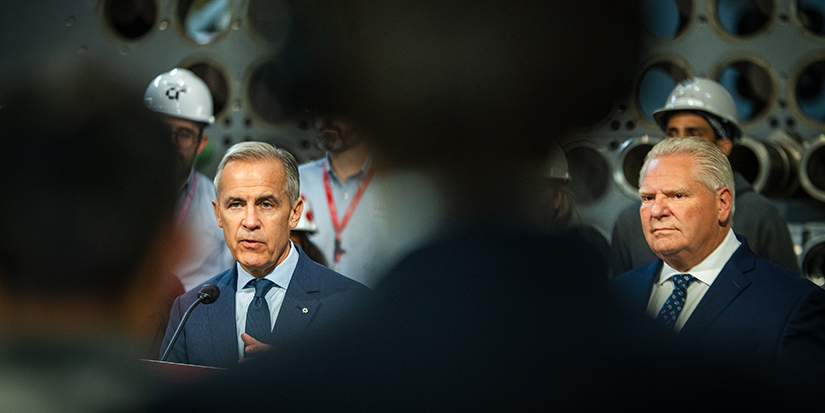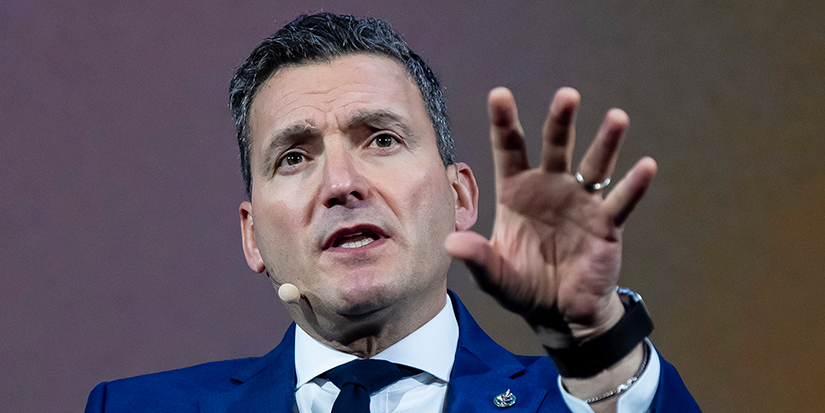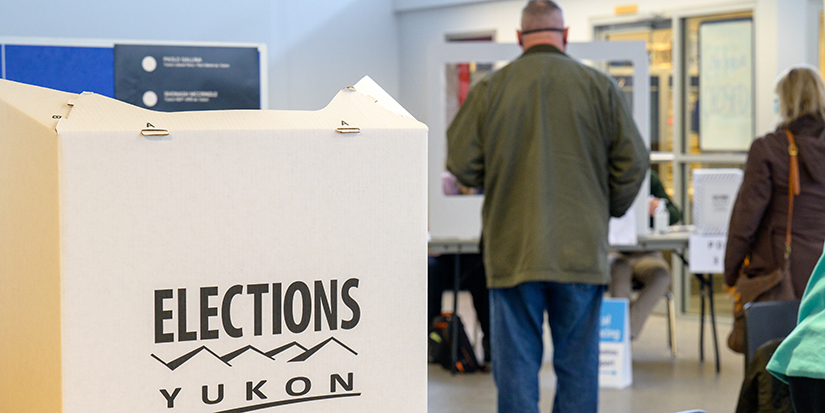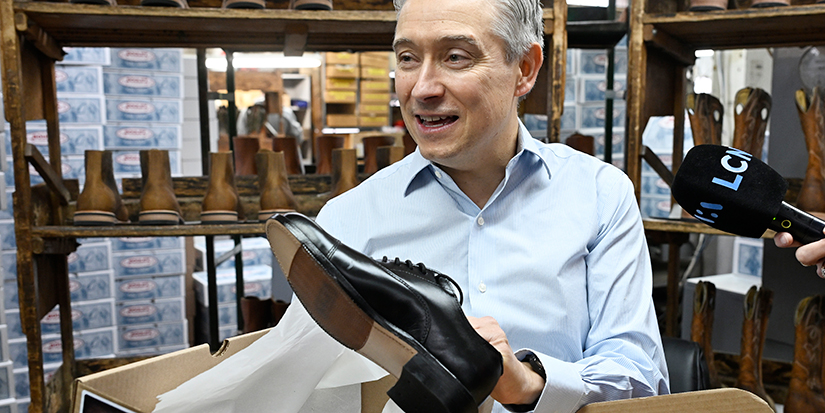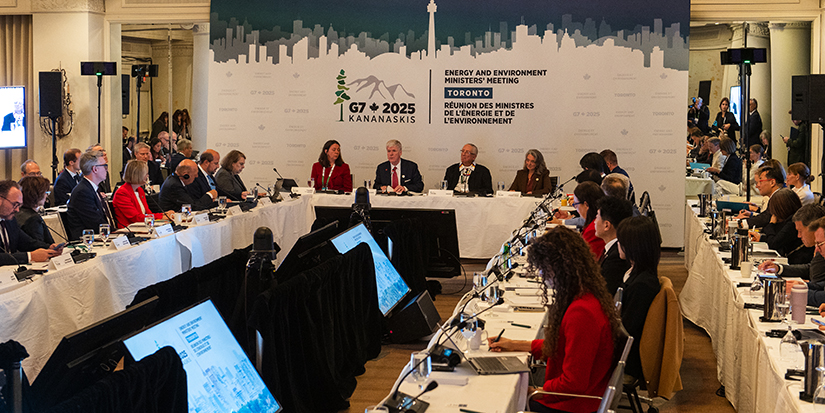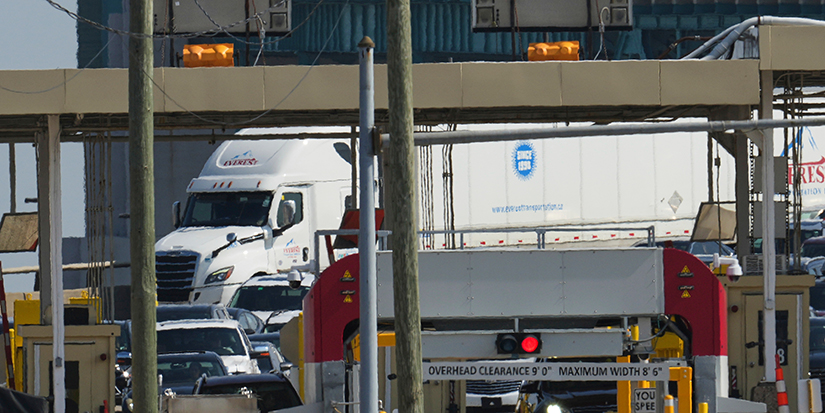Latest News
Harbour authority's Steveston vision is evolving
Jaime Da Costa knows the fishing industry
inside and out.
Her family fished, and still fishes, for a
living.
She started working as the office assistant
in the Steveston Harbour Authority, Canada’s largest commercial harbour.
Today with 18 years’ experience under her
belt, though she is officially the general manager of the Steveston Harbour
Authority, few know her by that title.
“Quite a few people call me harbour master.
That’s the thing that rolls off people’s tongue,” Da Costa says.
Working with the board of governors for the
harbour, Da Costa speaks with enthusiasm of the changes underway at both of the
harbour authority’s two sites, one at the southern end of Trites Road called
the Paramount site and the other Steveston Village, referred to as the Gulf
site.
“Everybody says fishing is dying and it’s
not. It’s evolving,” she says.
“We do want to become the hub of the fishing
industries. We want fishers to be able to come down to Steveston to get
everything they need, from ice to offloading their catch at the seafood auction
here to having it packaged and distributed. You can also repair your boat here
and fishermen can also sell their catch to the public at the public fish sales
float.”
Through a combination of harbour authority
projects and the attraction of independent businesses to the sites, Da Costa
looks to solidify Steveston’s fishing future.
“Right now we’re undertaking the largest
project that a small craft harbour has ever undertaken. We’re building an ice
plant. That’s exactly what the commercial fishing industry needs, when you
catch your fish, you need ice.”
The ice keeps the fish in a safe temperature
zone so it doesn’t spoil. That means fishers can get it to market and people
can eat it without worry of food-borne illness.
The latest company to move on site offers
even more.
“Fishermen can also get any rope and twine
they need from Pacific Twine, which is now on site. They are the premier net
and twine store.”
She speaks of hoping that Redden Net, long a
mainstay of Steveston, will move onsite as well. Though at the foot of No. 2
Rd., they are not far away.
“Another project we have going on at the Gulf
(Steveston Village) site is secondary services for the fleet which will enhance
the maritime heritage character of the village.”
Da Costa says the harbour authority is in
talks with Cantrawl Nets.
“They’re the largest net manufacturing
company in Canada. They’re on Graybar Road right now.” The harbour authority is
hoping to snatch them up and put them in Steveston Village, right along a
waterfront walkway.
“The south part of the building is going to
be in windows, so people can walk down that walkway and watch people build
nets.”
She says it will be good for tourism, helping
people be even more excited about Steveston, its heritage and its working
harbour.
At the Trites Road site, there is the
recently-installed boat crane.
“Strait Marine purchased a 70-tonne boat
lift,” says Da Costa.
The harbour authority and Small Craft
Harbours beefed up the loading bay and dredged the travel lift slip to
accommodate the larger boat and larger lift, so larger boats can be hauled out
for repair on land. It’s also available for pleasure crafts, a much-needed
facility now that bottom scraping and painting has to be done on land instead
of on a tide grid.
“We also have welders on site,” says Da
Costa.
At one time, Steveston was home to over two
dozen working canneries.
“Fish processing’s coming back,” Da Costa
says, “They are still catching fish. It’s about changing and evolving with the
needs of the fishermen.”
She mentions examples like Organic Oceans and
then Skipper Otto’s community-supported fishery that works with consumers to
provide fair trade seafood, which works much like when people invest in a
garden at the beginning of the season then receive a weekly share of produce.
“He’s offloading prawns this week,” she says.
As more consumers want to know with assurance
where their fish and seafood come from, Da Costa speaks of the smaller scale,
custom processing facility at Seventh Avenue. “Picture the synergy: being able
to go down to our public sales float, interact with fishers, buy a big salmon,
take a stroll, see the history of fish at the Gulf of Georgia Cannery Museum,
then head out, see the big fishnet mending, a net being offloaded there, real
time fishing, then see nets being made. This is a little gem and we’re a part
of it.”
This is no vision of a twee, Disneyesque
village. Da Costa and the harbour authority’s board have a shared vision of a
vibrant fishery integrated with those who live here and those who come to
visit.
And what does Da Costa say to those in the
fishing industry and tourists alike?
“Come to Steveston. We’ve got the space. We want
you here. We want you to come here.”
